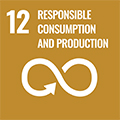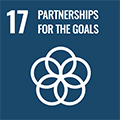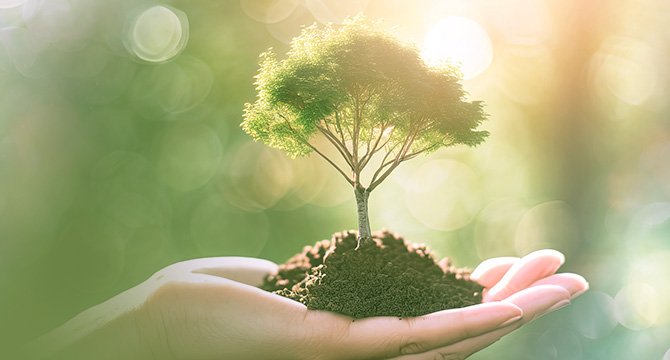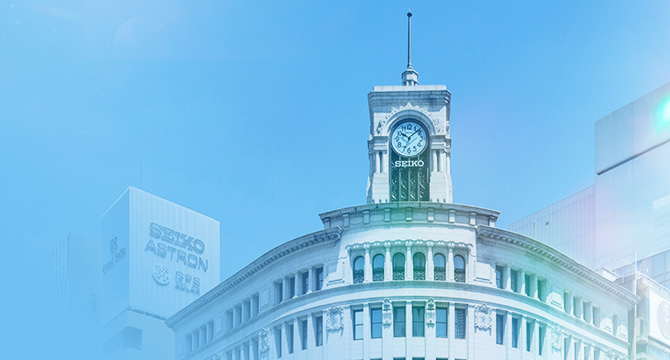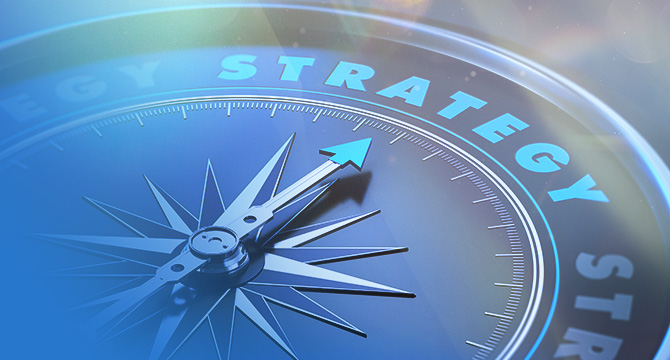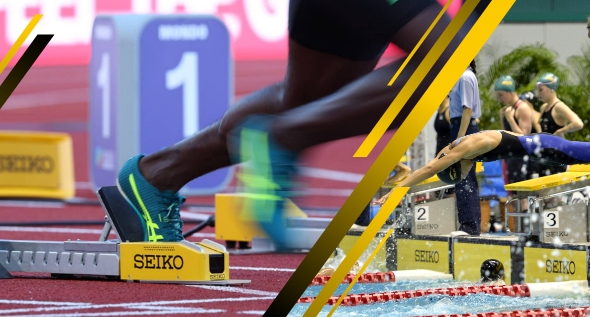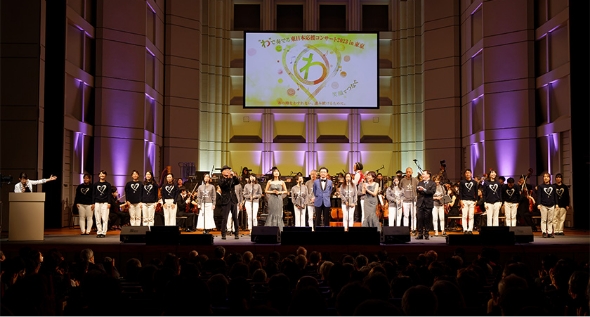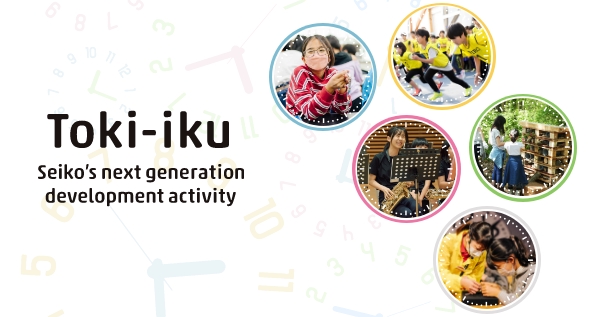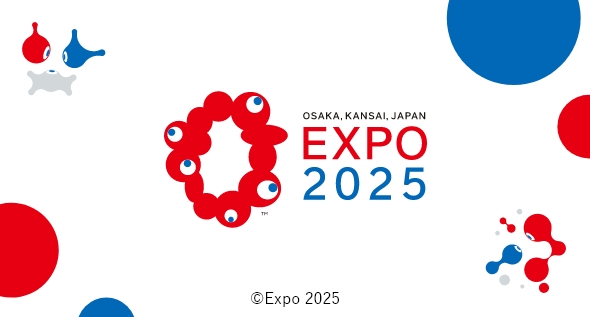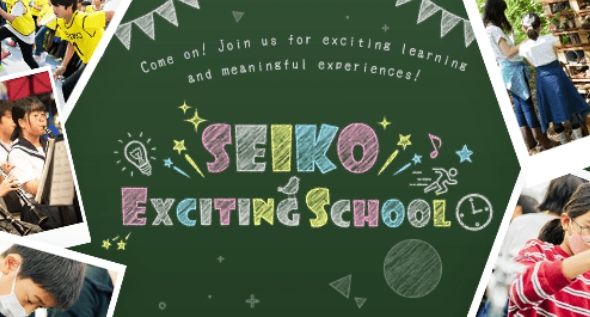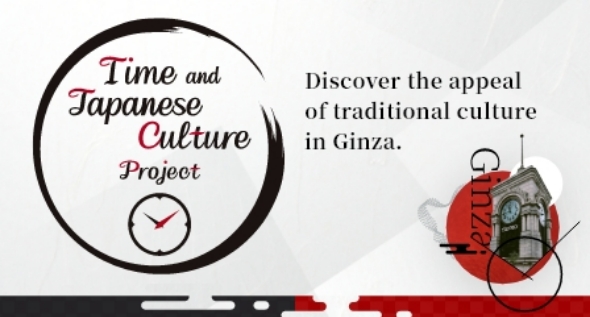Resource Circulation
Relevant SDGs
To realize a circular economy, we are working to formulate policies and a basic approach to resource circulation. This involves understanding the environmental impact of our business activities and value chain, as well as the risks and opportunities created by the environment. By stressing responsible management, we aim to promote the effective use of resources and the reduction of waste.
Policy and Fundamental Approach
With the widespread depletion of natural resources that results from both an increasing global population and expanding global economy, as well as a massive increase in environmental pollution, responsible companies realize that they must shift to a circular economy model — one that allows them to reduce resource consumption while they continue growing their businesses. This is the fundamental requirement for bringing about a sustainable society.
Our Group uses many resources in manufacturing, including mineral resources and plastics, and also uses paper resources in our many offices, so resource recycling is an important management issue for Seiko. We have set “helping to create a circular society” as one of our materialities, and are striving to use resources more efficiently and reduce waste throughout the life cycle of our products, from raw material extraction to disposal and recycling.
Beginning in the design stage, we not only seek to extend service life and reduce the size and weight of these products, but also to design products that help promote recycling among client companies and consumers. In the manufacturing process, we strive to use resources efficiently, promote the use of recycled and recyclable materials, reuse and recycle as much as possible, and minimize waste.
In addition to manufacturing, we are also working to reduce our Group’s environmental impact by using less paper (through digitization) and reducing packaging materials.
We are also strengthening after-sales service and collecting and recycling used products and consumables through dealers and industry associations.
In terms of our supply chain, we are strengthening our management system for both resource recycling and waste management in accordance with the Seiko Group Procurement Policy and Guidelines.
Going forward, we will strive to educate all our employees about the importance of resource recycling, monitor our progress towards set targets, and constantly strengthen our efforts to support a sustainable society.
Promotion Framework
Material matters related to resource recycling are discussed and resolved by the Sustainability Committee, which was established to help formulate the Group's sustainability policy and then smoothly implement activities related to that policy. The activities of this Committee are then reported to the Board of Directors, which is responsible for overseeing its functions. The Board regularly discusses important matters related to materiality, including resource recycling.
Objectives
The Group as a whole is committed to the effective use of resources and reduction of waste in order to help bring about a circular society. Going forward, we will monitor progress toward our waste reduction targets and will continue to examine waste management efforts at each of our business sites. We will constantly strive to reduce our environmental footprint and live in harmony with society.
Target: FY2030 Domestic recycling rate of 90% or more
Summary of Fiscal Year 2023
In 2023, we continued our resource recycling efforts from a lifecycle perspective. In the planning and development of environmentally friendly products, we evaluated 3R items, including plastics reduction, and promoted improved materials utilization and product downsizing. At the manufacturing stage, we continued efforts to reuse cleaning agents in the cleaning process and recycle resins. When discharging waste, we aim to reduce the amount as much as possible while ensuring compliance with waste disposal regulations. We also promoted paperless office operations by introducing an ongoing digital transformation (DX). For consumer-use products, we digitized warranty certificates and instruction manuals and expanded the use of FSC®-certified paper. As a result of all these efforts, the total amount of waste generated came to 4,987 tons compared to 5,664 tons the previous year.
Total Waste Output and Recycling Rate4,987 tons
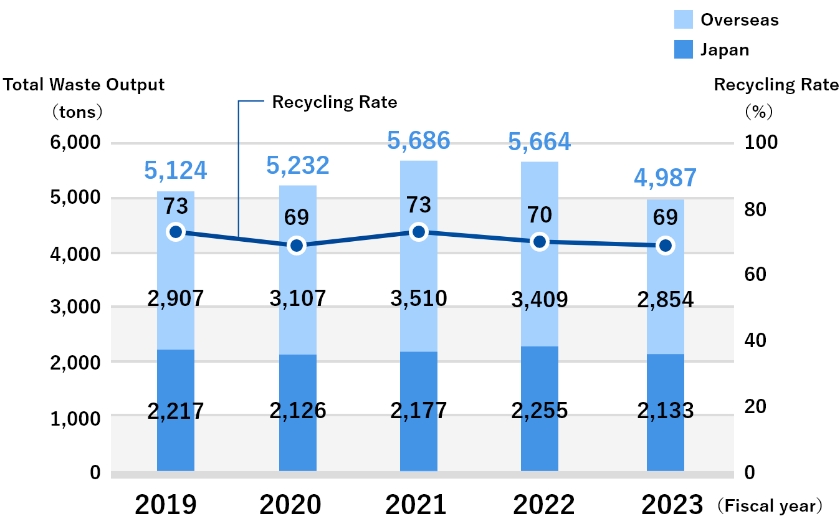
※The recycling rate includes heat recovery.
Paper Usage60 tons
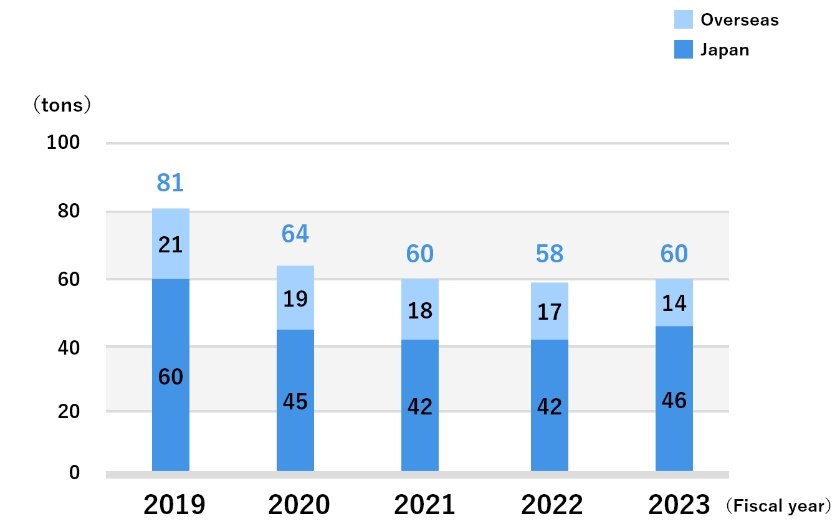
Life Cycle Initiatives
Development and Design
In the product development and design stages, we utilize computer simulations to analyze phenomena that are not visible to the naked eye, such as the stress impacting component materials and the resin flow state of molded parts. These simulations are valuable for confirming design and product performance. We also use supercomputers and parallel computing software for three-dimensional flow analysis of liquid ink ejected from inkjet printer heads. These analyses contribute to improving product performance, shortening the design period, and reducing environmental impact through virtual-trial prototyping, leading to reductions in energy and material use.
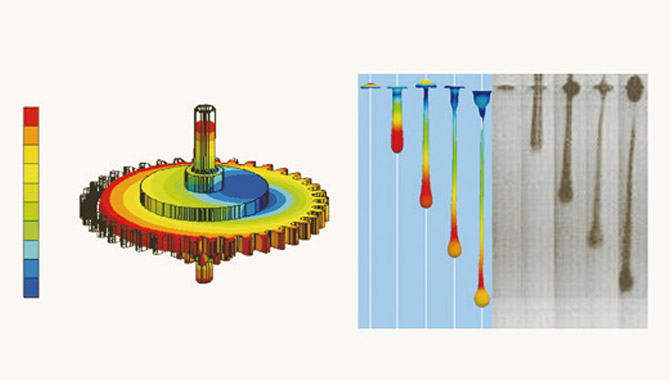
Images: Simulation of resin flow in gears (left) and ink ejection status.
Manufacturing
In our manufacturing subsidiaries, we consistently focus on resource circulation based on the fundamental 3Rs principle (Reduce, Reuse, Recycle). Activities such as reducing the use of chemical substances in the manufacturing process and emphasizing reuse and recycling practices are integral to our daily operations. We also recycle water resources, recognizing that water is a valuable natural capital.
Maintenance and Regeneration of Production Facilities
Within our Group, we regularly renew aging production facilities, such as repairing or replacing worn-out components, in order to keep those facilities functioning properly, maintain effective resource utilization, and limit the need for waste disposal.
We also actively retrofit older production facilities by installing or integrating modern technologies to enhance functionality, maintenance capabilities, and energy efficiency. In the case of key equipment such the cam-type automatic lathe in prototyping models, retrofitting can result in an up to 20% increase in energy efficiency.

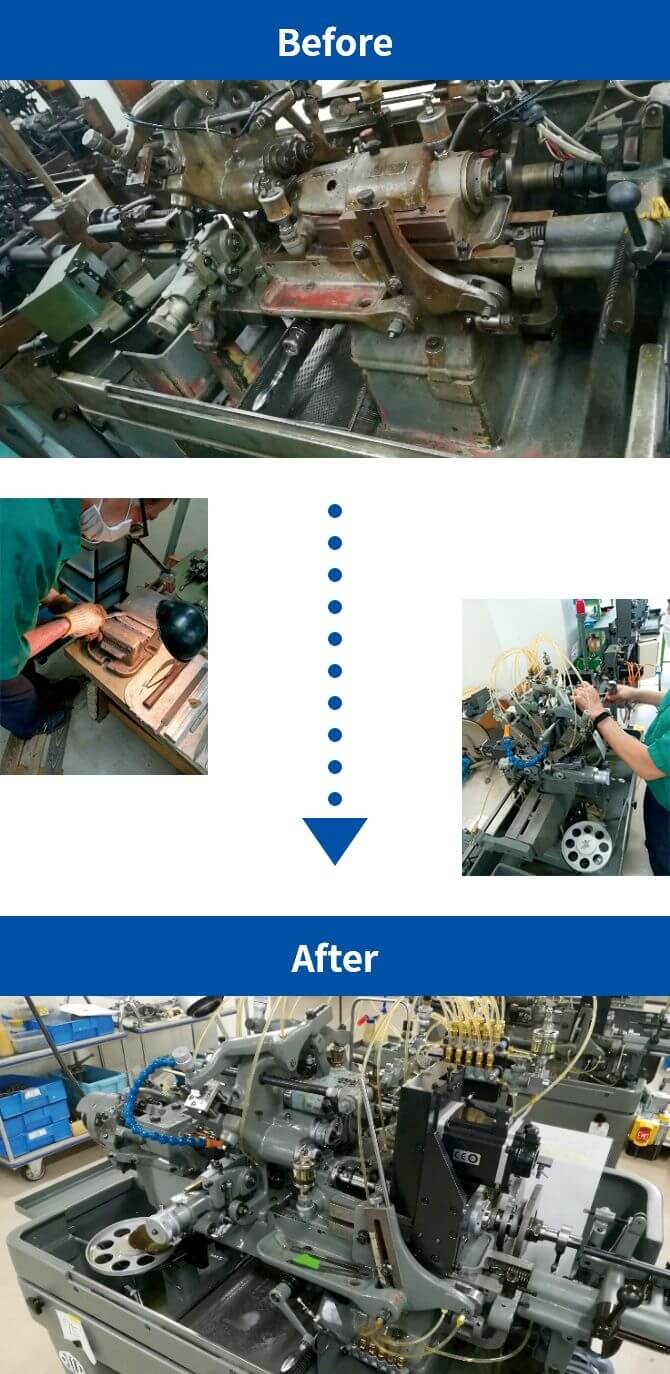
Transportation and Sales
We are working on reducing the size and weight of packaging, minimizing the use of foam materials, promoting the use of reusable boxes, and incorporating labels that encourage sorting and recycling as per regulations.
Collection and Recycling
We are engaged in the collection and recycling of used products and consumables through collaboration with sales outlets, industry associations, and other channels.
| Products, etc. | Participating organizations |
|---|---|
| Collection of button batteries | Button Battery Recycling Promotion Center (Battery Association of Japan) |
| Small Rechargeable Batteries | Japan Portable Rechargeable Battery Recycling Center (JBRC) |
| Containers and packaging | Japan Containers and Packaging Recycling Association |



